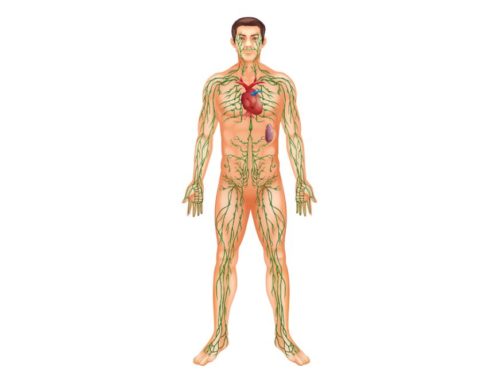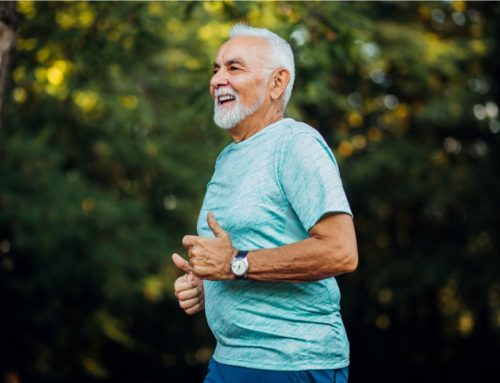Sleep apnea is a condition causing individuals to stop and start breathing several times while sleeping. Such disruptions cause snoring, gasping, choking, and waking at night, making proper rest impossible. In the morning, sleepiness, headaches, mood alterations, and other issues occur. Luckily, it’s possible to ease sleep apnea symptoms using regular exercise for more restful nights and better days.
Exercise reduces excess weight, stress, and inflammation and improves your mood, which greatly helps those with obstructive sleep apnea. Though any activity is beneficial, physical therapy offers impressive results. A trained therapist teaches individuals the proper exercises and techniques and determines the best sleep position to avoid breathing issues.
The following sections discuss the advantages of exercise for those with sleep apnea.

Ease Sleep Apnea Symptoms
Exercise offers numerous benefits for the body, including improving cardiovascular health and brain functions and maintaining a healthy weight. For those with sleep apnea, physical activity eases the symptoms by altering the body in a few specific ways.
You can choose activities you prefer, like walking, yoga, or swimming, or speak to a physical therapist. As well as working the body, they may also recommend mouth and throat exercises to combat sleep apnea. The following sections cover the 3 ways as to how exercise reduces the symptoms of this condition.
1. Muscle tone improvement and weight management
Physical activity is crucial for a healthy lifestyle since it improves cardiovascular health, brain functions, and mobility. For those trying to ease sleep apnea symptoms, exercise offers extra benefits.
When working out, muscles all over your body are moving and straining, including the respiratory muscles controlling breathing. Regular exercise strengthens those muscles, reducing airway resistance and preventing the collapse of the throat muscles during sleep.
Overweight individuals are at high risk for sleep apnea since fat deposits block their airways and disrupt their breathing. Physical activity combined with a low-calorie diet increases weight loss and opens those passages. Breathing becomes easier for less disruptions during the night.
2. Better lung function
The respiratory muscles, including those in the rib cage, abdomen, and diaphragm, work hard during physical activity. Of course, they aren’t the only areas you’re strengthening while you exercise. The lungs are expanding and contracting as you breathe, getting in a workout of their own.
The more often you exercise, the stronger your lungs become, increasing the airway diameter while reducing resistance for easier breathing. Not only will breathing become easier during physical activity, but it also improves lung functions while you sleep. With regular exercise, sleep apnea symptoms ease for fewer disruptions and a better night’s rest.
3. Reduced inflammation
Recent studies suggest that increased inflammation may be related to sleep apnea. The breathing issues caused by this condition alter lung ventilation, reducing oxygen in the bloodstream and triggering inflammation. When this occurs, other functions are affected, including cardiovascular, metabolic, neurocognition, behavior, kidney, and vision.
When you exercise, breathing increases, pulling more oxygen into your lungs. It is absorbed into the bloodstream and sent to the rest of the body with every heartbeat. The muscles, organs, and other tissues soak up the oxygen, reducing inflammation while other symptoms of sleep apnea ease.
Resources:
https://www.mayoclinic.org/diseases-conditions/obstructive-sleep-apnea/symptoms-causes/syc-20352090
https://www.thoracic.org/patients/patient-resources/resources/weight-loss-and-sleep-apnea.pdf
https://www.ncbi.nlm.nih.gov/pmc/articles/PMC5344097/
https://www.apneamed.org/blogs/info/exercise-and-physical-avtivity-for-treating-sleep-apnea
https://medicine.missouri.edu/news/obstructive-sleep-apnea-linked-inflammation-organ-dysfunction#:~:text=Researchers%20found%20that%20obstructive%20sleep,behavior%2C%20cardiovascular%20function%20and%20metabolism.
This content comprises informative and educational resources only and can not be considered as a substitute for professional health or medical guidance. Reliance on any information provided in this article is solely at your own risk. If you have any inquiries or apprehensions about your medical condition or health goals, talk with a licensed physician or healthcare provider.






Leave A Comment